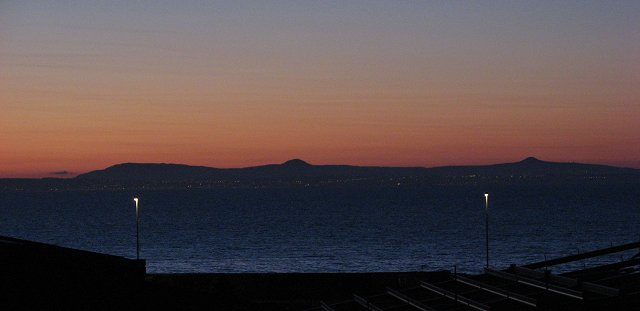The physical and metaphysical value of telluric energies is analyzed in details starting from natural and geographic components, up to spiritual connections and their role in cosmic equilibrium: the example of Saint Michael’s synchronic lines.
The earth’s crust is composed by numerous very complex layers, often discontinuous, due to more or less extensive geological fractures, which are sometimes occupied by water.
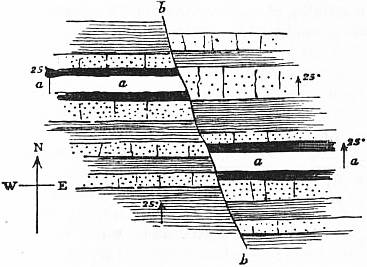
The different composition of the layers and the presence of slits where water flows alter the magnetic field, which otherwise varies depending on the gravitational field of the earth, and in some cases leads to situations of unbalance especially in presence of more phenomena at the same point. The intersection of the so-called telluric lines generates ‘nodes’, that is points of different energetic value, which form a network whose extension and characteristics are object of study by experts in radiesthesia, geobiology, geomancy and all those who are curious to know what happens underground.
Once given a general definition, we should distinguish between telluric energies of sacred places and other energies, always telluric, that we have under our feet every day within our homes.
First of all, the most important phenomena are related to waterstreams and fractures of the earth’s crust (faults).
A certain type of water and fault originates telluric energies which are typical of the ‘sacred’ places.
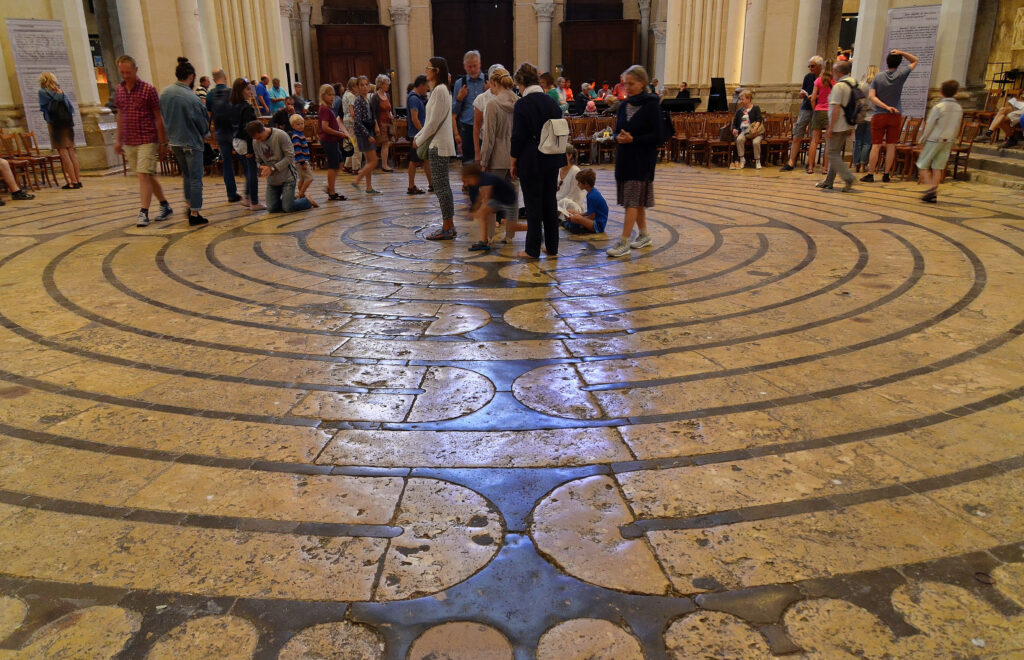
Unfortunately, before you learn how to well identify these kinds of energies you must first train on to the most ‘ordinary’ telluric phenomena, but even this type of dowsing is quite interesting. It has always to do with the energy vibrations of a place that can be analyzed to improve the quality of living.
Furthermore, faults are always important energy channels and along the major faults there are always very active and creative places: two over all the rest, S.Francisco and Naples. In general, ‘unstable’ but creative countries are along lines of contact between continental clods: Italy lies on the separation line between Africa and Eurasia, Israel along another Assyrian-Ethiopian fracture between Africa and Asia, the same line where humans were born, Japan in the Far East, and examples could continue!
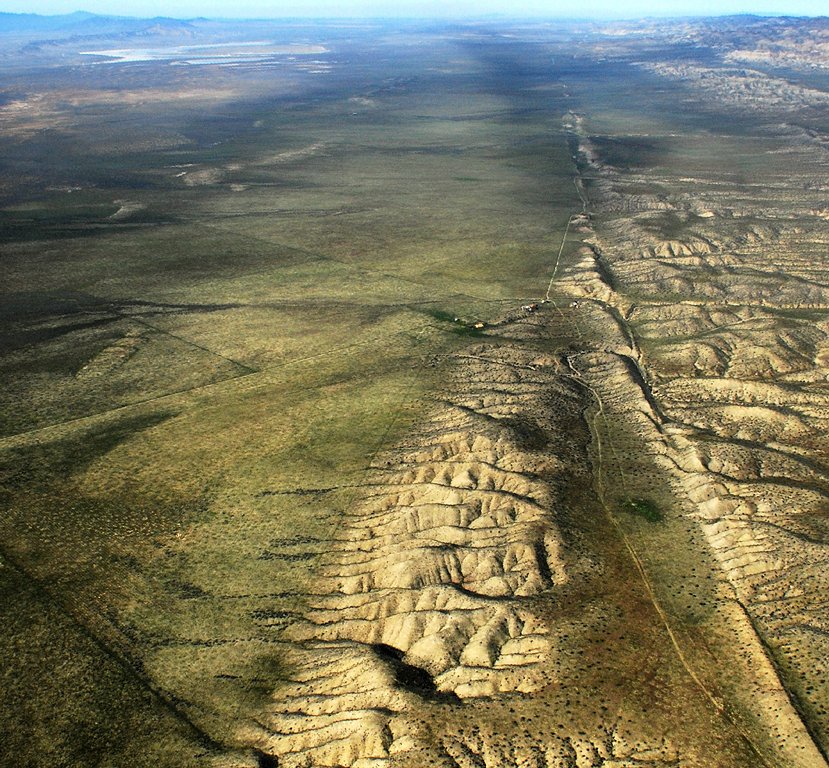
But, getting back to the ‘sacred’ telluric energies, they are made up of two channels: one female, the so-called primary water and the other male.
Primary water flows under pressure from the deep layers of the earth and then spurts out, often originating springs.
These flows of water are often conveyed by powerful masculine energies running with them, in the form of turbulences.
It is no coincidence that the ancient Chinese knowledge about the energy of places is called Feng Shui, (Wind and Water in Chinese), according to which underground energy circulates within the so-called Veins of the Dragon.
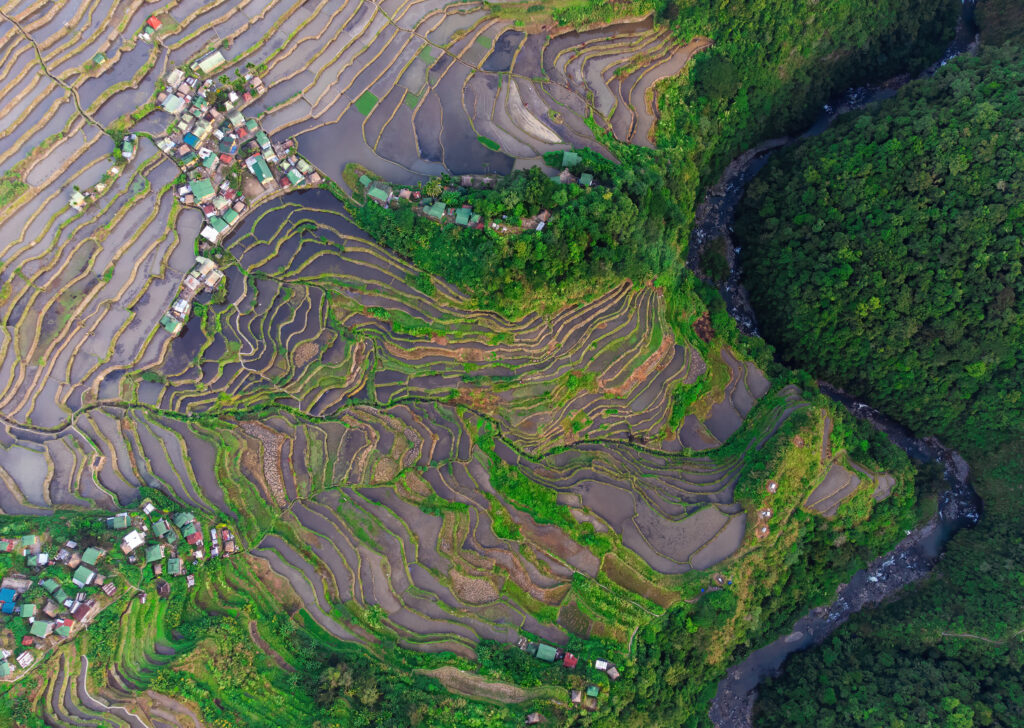
The sacred telluric energies (but not only) have variable intensity and that depends on the planetary gravitational fields: the Sun, the Moon and the other planets determine an increase or decrease of telluric fields, as also Sig Lonegren describes in his book.
Since ancient times man has “worked” with natural telluric energies trying to use them to his own advantage and strengthening them. Rhabdomantic studies of famous sacred sites such as Stonehenge, Avebury and numerous others led to some hypothesis such as the existence of “energy leys”, alignments of telluric energy with double polarities, induced by a sort of “terrestrial acupuncture” originally made up of stones, even of considerable size, and then by buildings with sacred purposes, which have catalyzed and modified the natural geomagnetic fields created by the discontinuities of the earth’s crust, crossed by water or by turbulent air flows.
Let’s now look at an example of “energy leys”.
The term was first used by two dowsers, Hamish Miller and Paul Broadhurst, in their book “The Sun and the Serpent” when they started to detect St. Michael’s alignment through southern England. It consists of a straight line (visual axis) that links churches, stone circles and natural points, starting from St. Michael’s Mount in Cornwall until the eastern coast near St. Edmond’s grave. It roughly corresponds to the line that connects many places where the sun rises on the day of Beltane (May 1st).
The two dowsers have identified two sacred telluric energies lines that wind around the direct axis, with two distinct qualities: one male and the other female. The first one (‘yang’) is called ‘Michael’ and the second one (‘yin’ Mary.
As the visual axis (St. Michael’s alignment) favors high places and churches dedicated to Michael, so does the telluric line ‘yang’, while the ‘yin’ line feeds the low places and churches dedicated to Mary. This is the reason for the names of the two telluric lines.
Their crossing tends to occur at the most important sites, such as Glastonbury and Avebury, where the dowsers have clearly detected ‘energy nodes’ or ‘points of power’: here the lines sink and then reappear not far away.
Michael’s line is classified as silver, Mary’s as blue.
There is no doubt that Michael’s geomantic corridor is real. What is difficult to explain is how it is formed. There are many high places on it, such as the Tor at Glastonbury, Burrow Mump, Cheesewring, St. Michael’s Mount; it is hard to believe that these are nothing but natural characteristics. Yet all these sites fall on St. Michael’s axis. One theory is that the terrestrial etheric field has somehow caused the formation of these places on this axis.
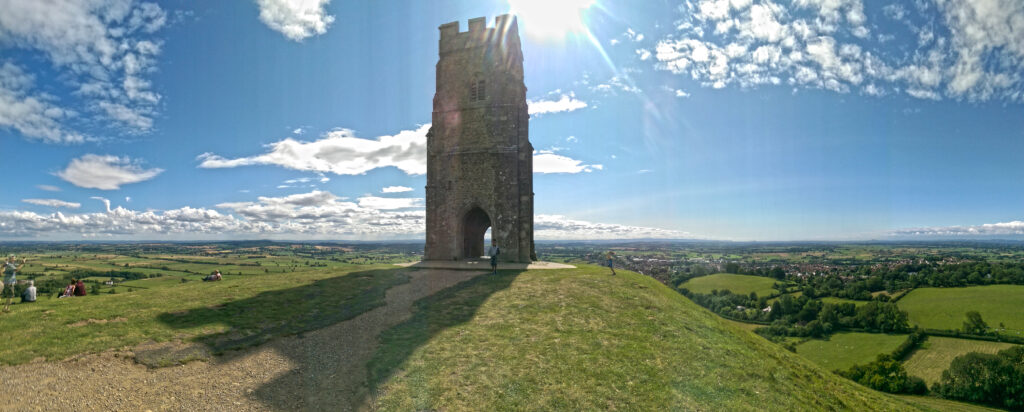
Men have adapted and built on these high places and have exploited the energy of this important earthly alignment by placing churches and other sacred sites along it. It is precisely through a correct geomantic positioning of these sacred sites that the energy of Micheal and Mary’s lines have been exploited to the full in the ‘knots’ or ‘points of power’.
The technique of ‘tapping the dragon’ is a truly fundamental part of a site’s geomantic activation. It fixes the energy in the chosen place and allows its use and transmutation in space. There is a magnificent drawing at St. Micheal’s Mount called ‘St. Micheal’s Mount legend’.
There are four sequences in the drawing: in the first the archangel Michael is flying with his sword in his fist in pursuit of a great dragon. In the next he stands above the dragon with his sword raised and the wings half-unfolded, and the dragon gathers at his feet. In the third the dragon is much quieter and begins to look like the mountain itself, and Michael’s wings are bent and he begins to resemble the church on the top, with the sword becoming a coil; the process is completed in the last frame.
The most ancient celebrations of May Day appeared just in Celtic festivals for Beltane. For the Celts, Beltane marked the beginning of the summer pastoral season, when the flocks were driven to the mountain summer pastures. Beltane is the intermediate time between the spring equinox and the summer solstice. Since the Celtic year was based on both cycles, solar and lunar, it is likely that Beltane festival was celebrated at the full moon next to this date. Obviously it can vary from year to year, but it is always close to May 5th or 7th. The lighting of bonfires on the night of Beltane on the mountains and the sacred hills was the main activity of the festival.
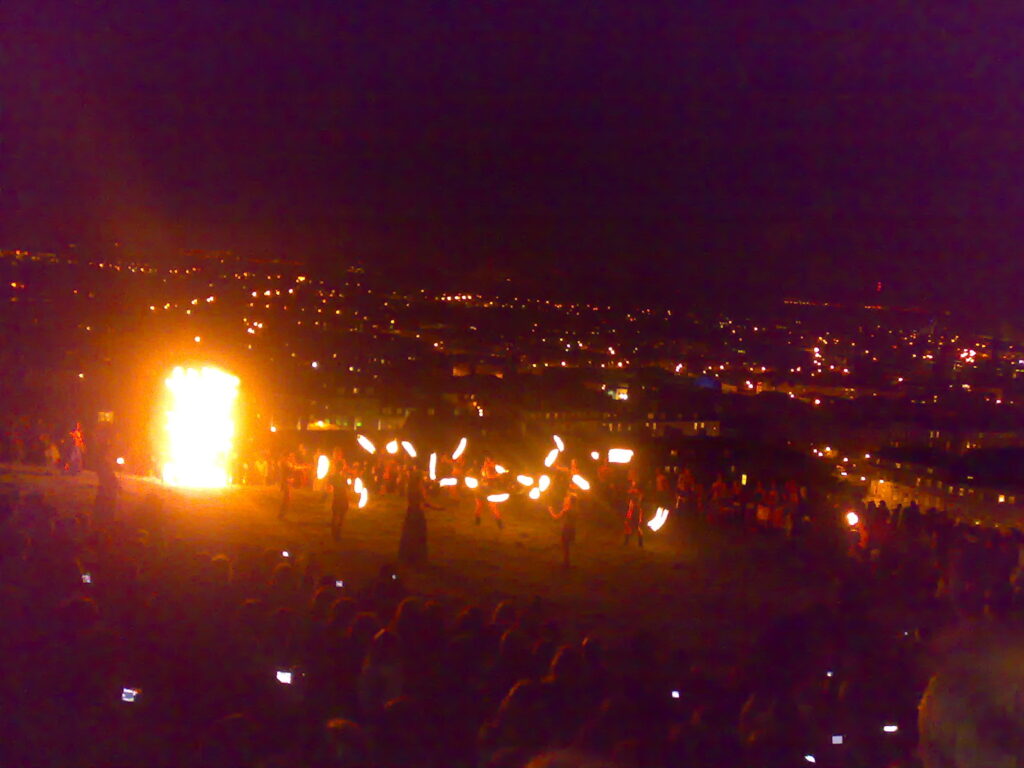
Illuminating telluric alignments means making the obscure manifest and connecting it to heaven and heavenly energies. A “magic” operation of great suggestion and power, which allows the hierogamy, the marriage between Heaven and Earth, the union between terrestrial dragons and celestial dragons, or the chthonic forces and the solar ones. From their coupling an egg develops, a creation leading to a change in the order of space-time successions.
